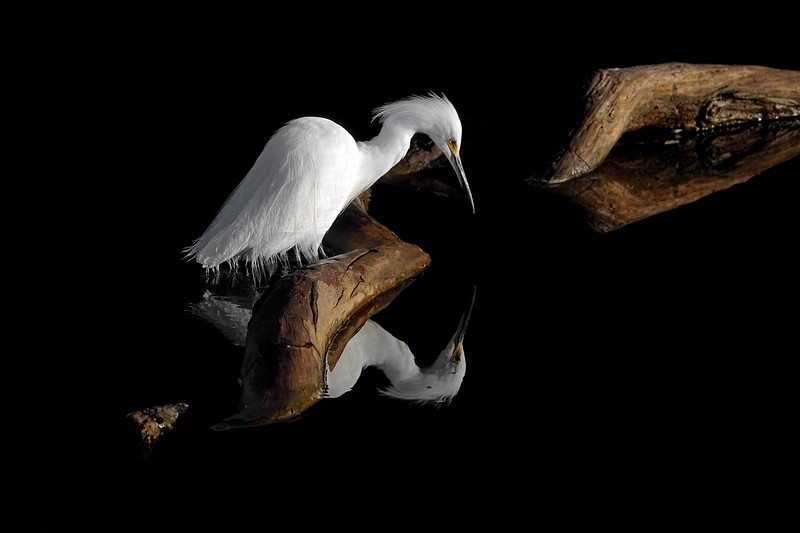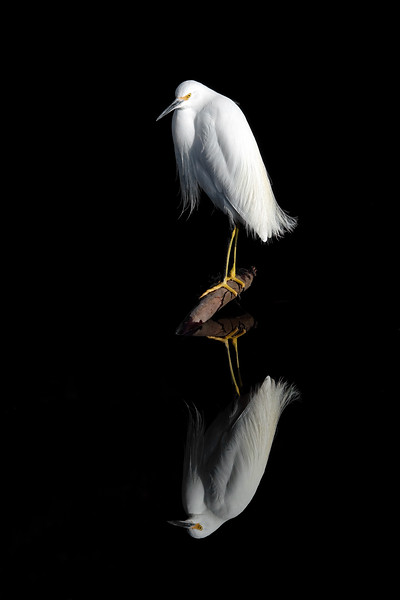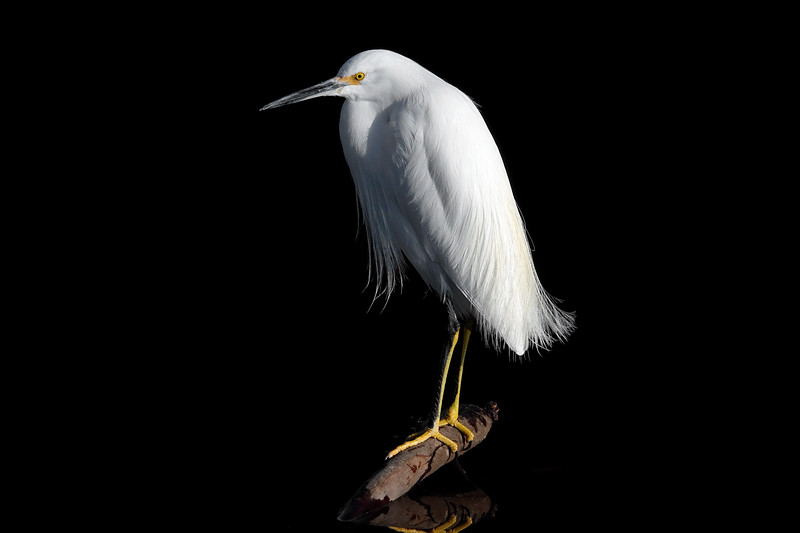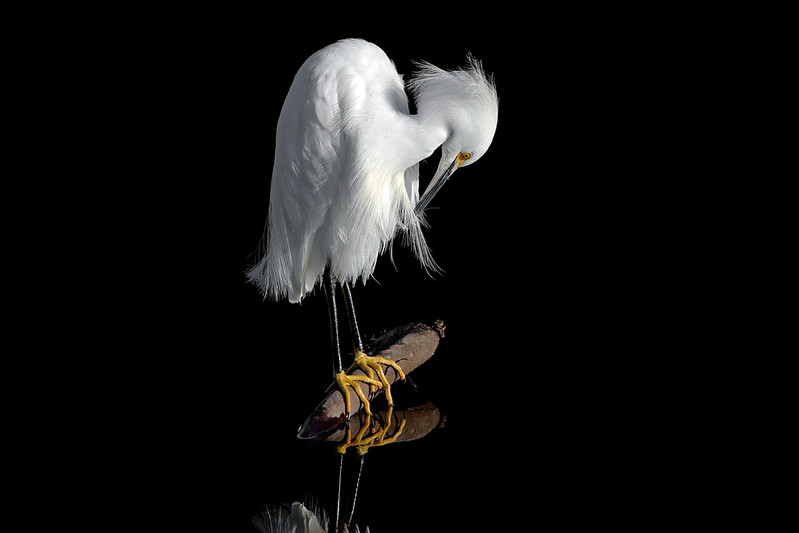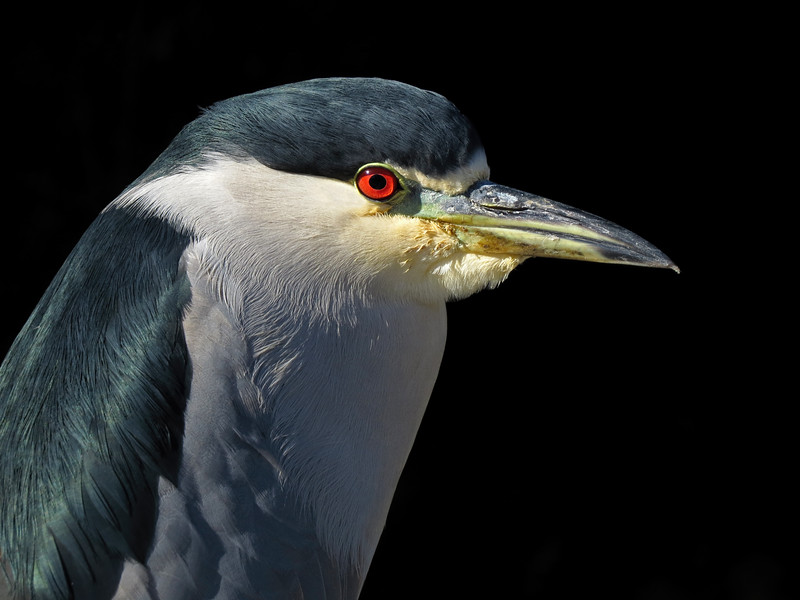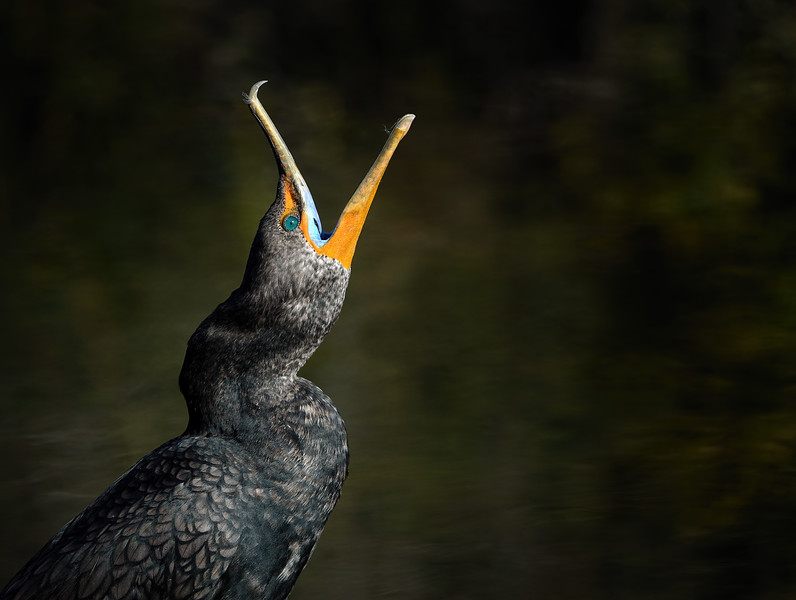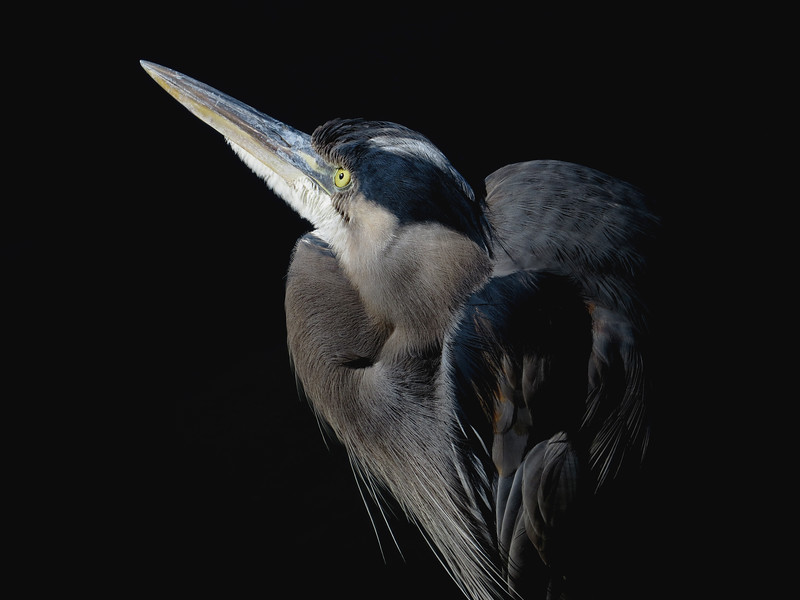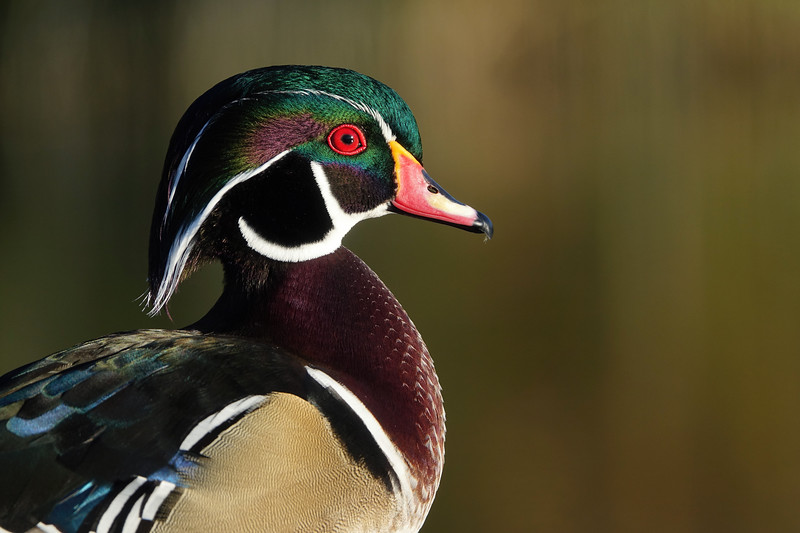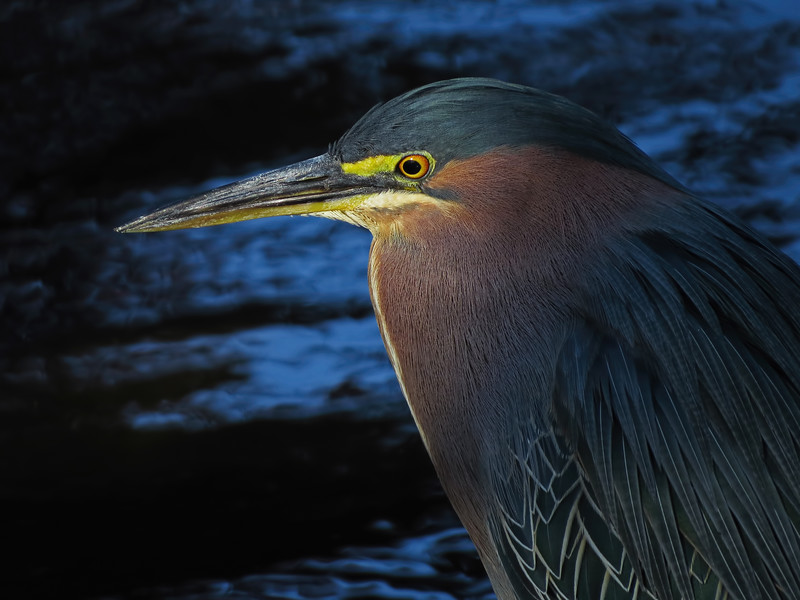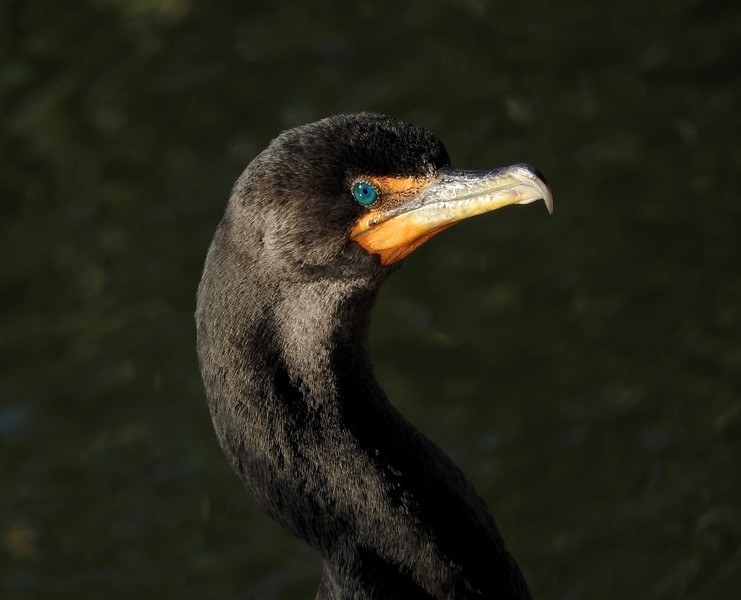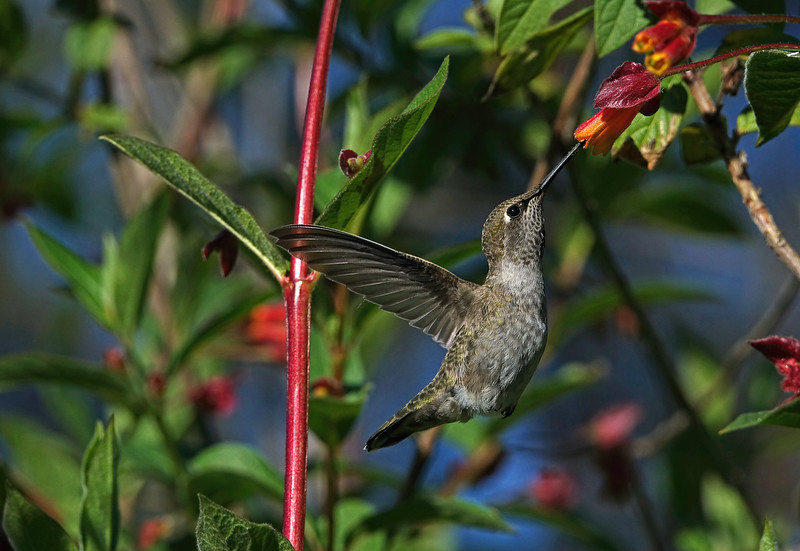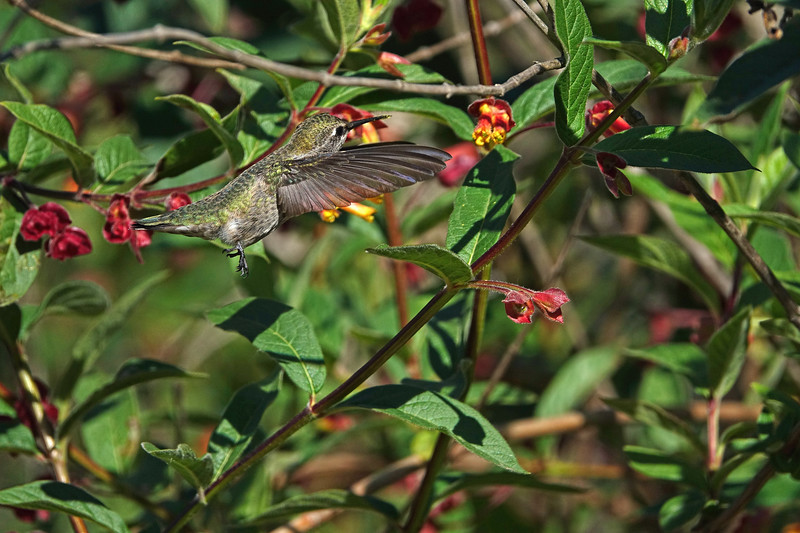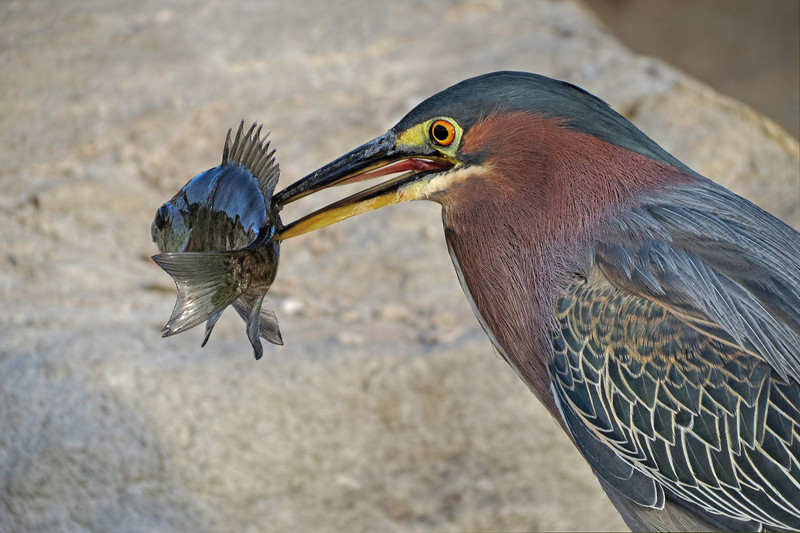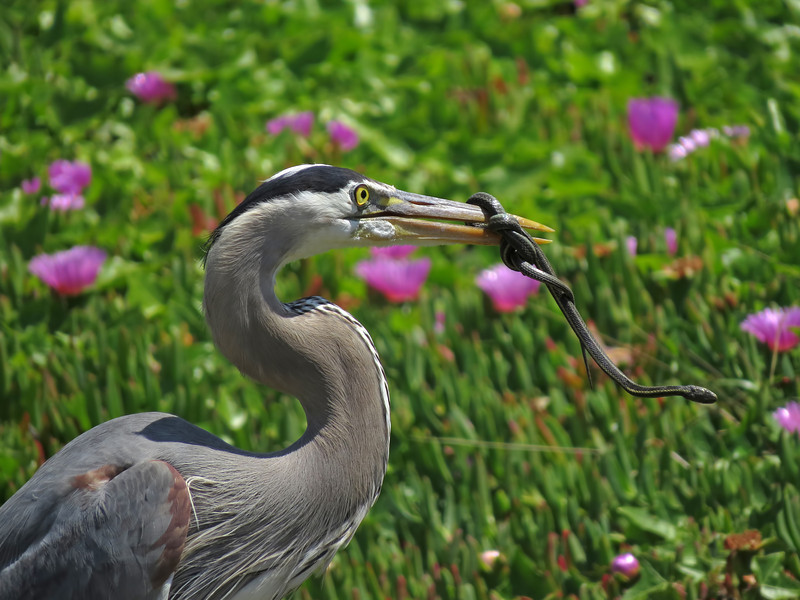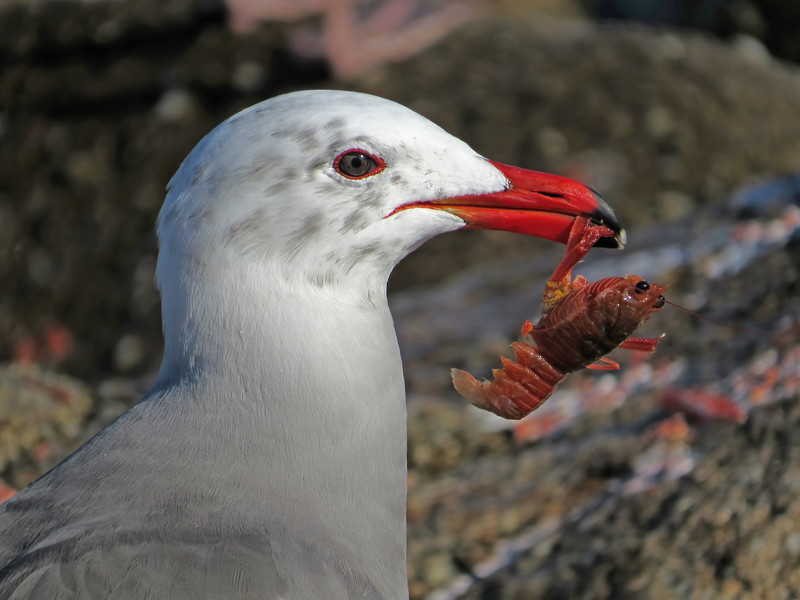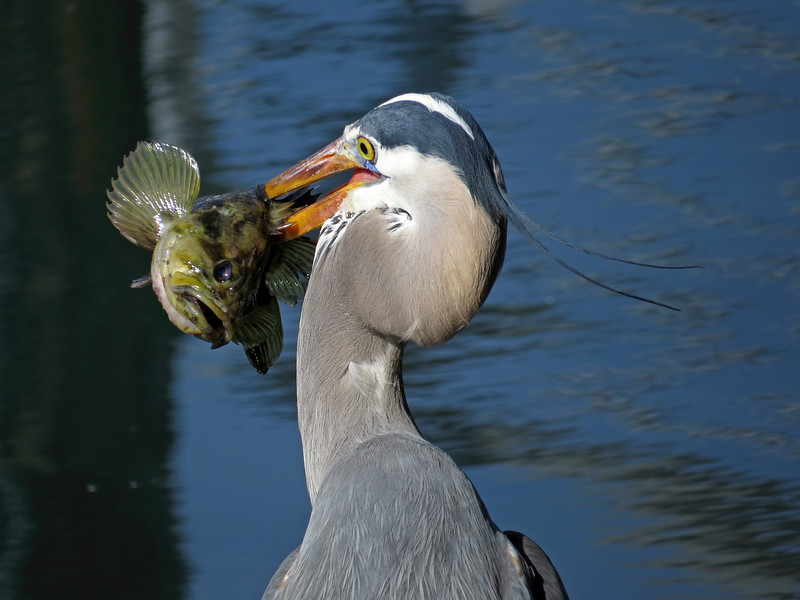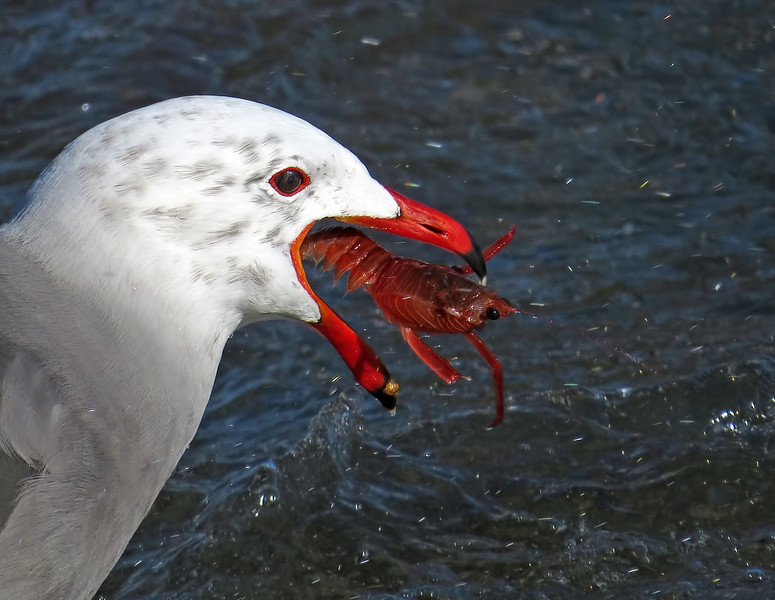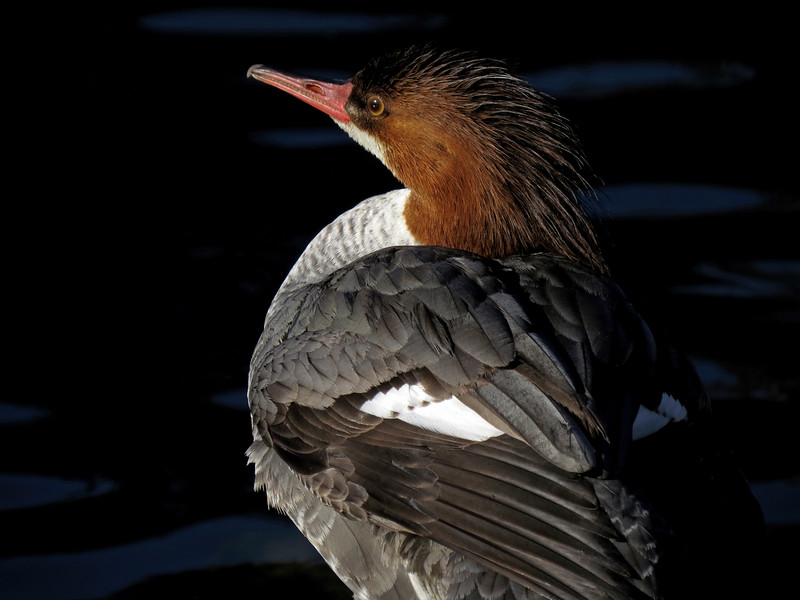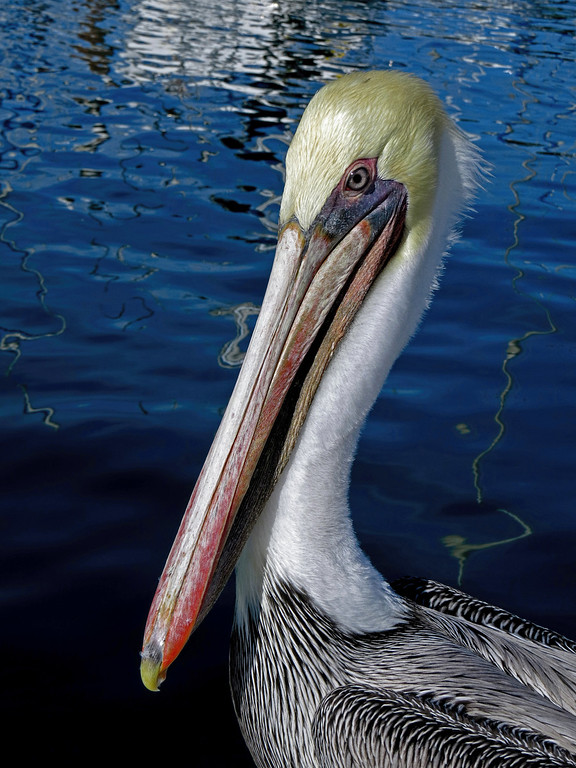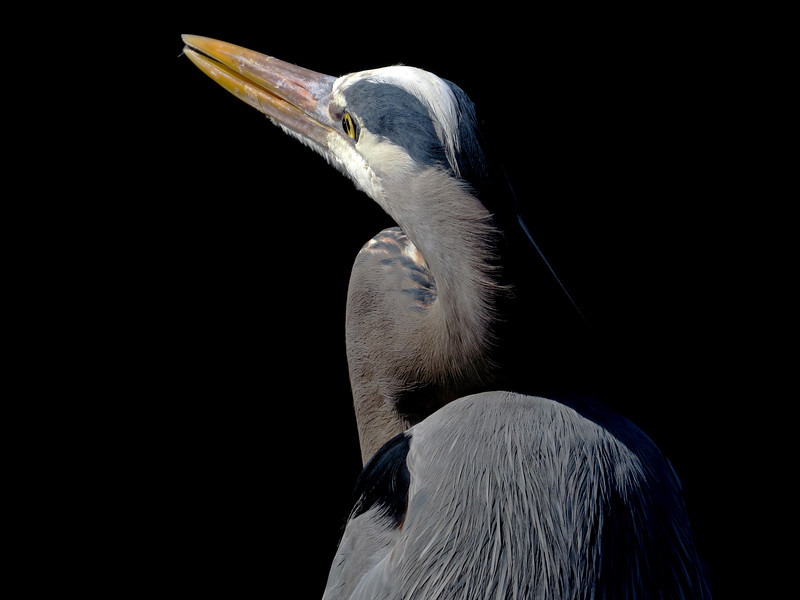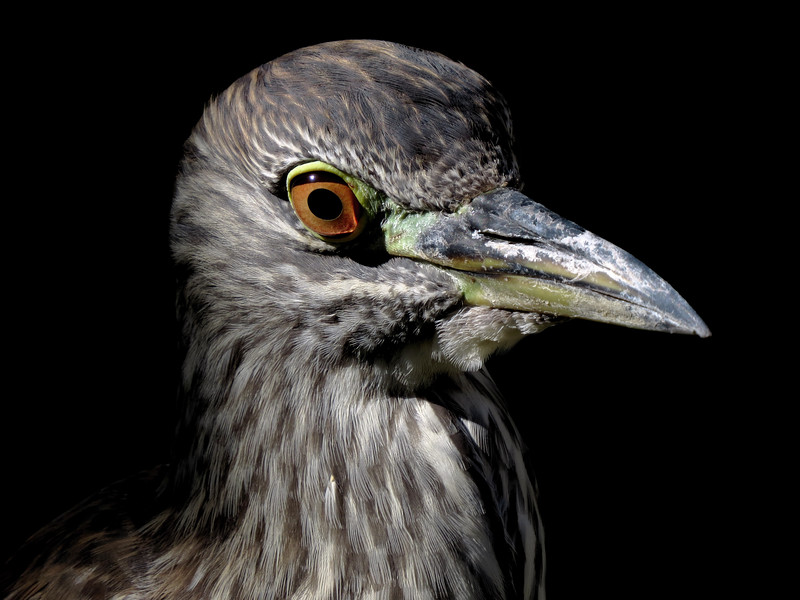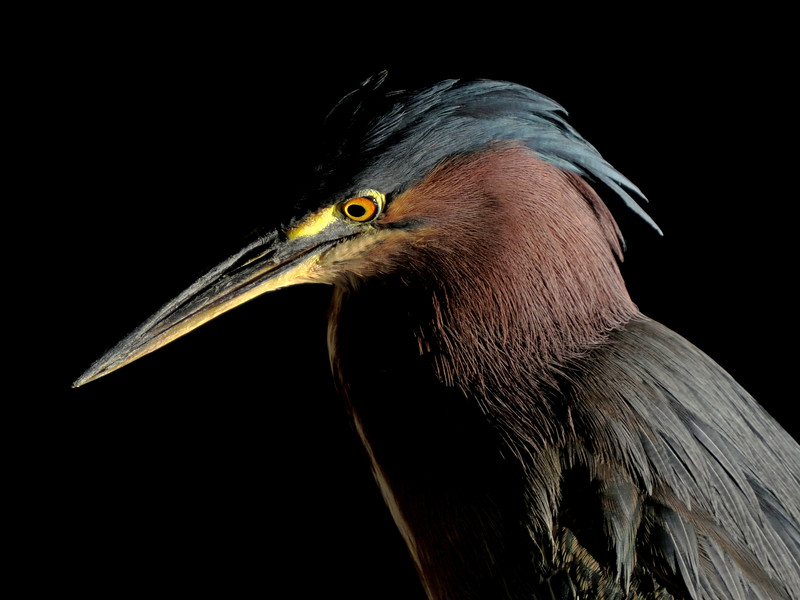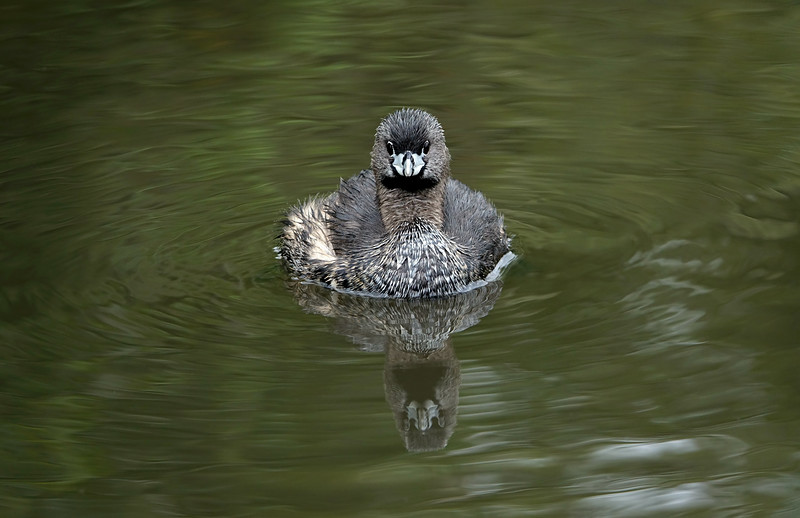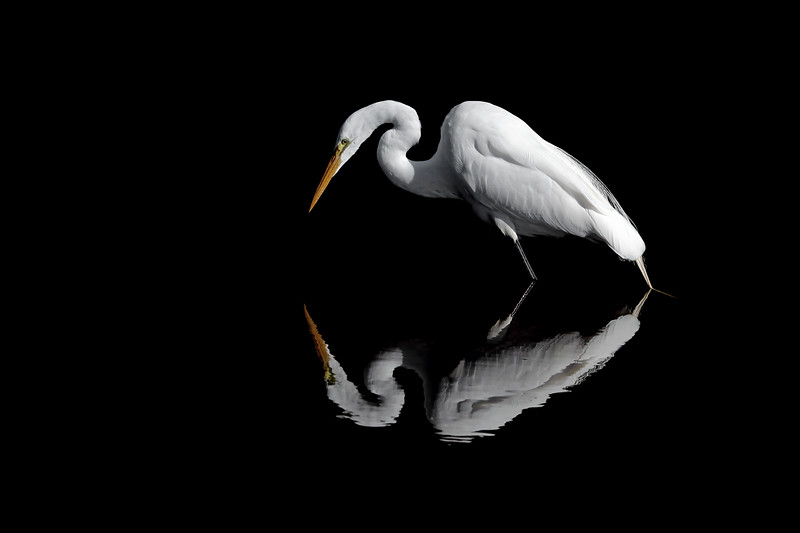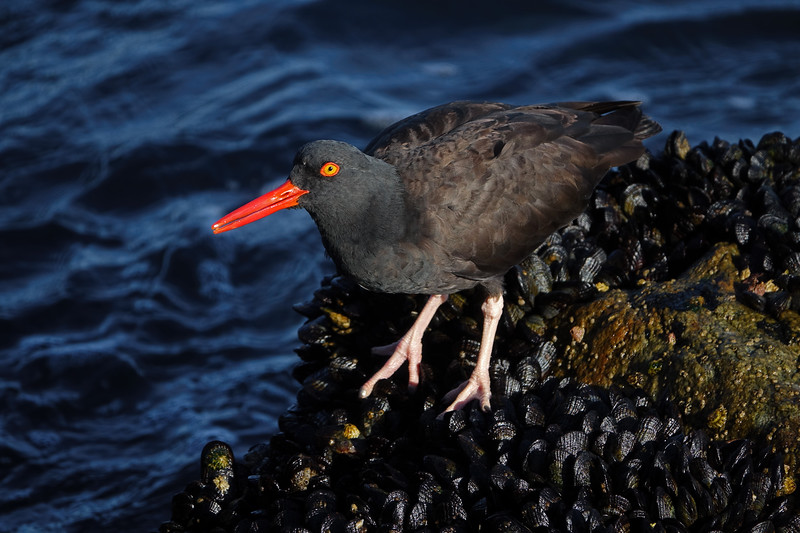Tony,
With all this experience and success, perhaps you could add your insights into these bridge cameras and what you find so useful about them!
I started a thread
here. I am hoping we will get a better idea if the value in these amazingly efficient self contained cameras!
Asher
Hi Asher,
I wish I could provide a profound response, but a fixed-lens camera is the only type of camera I’ve ever owned. I’ve nothing to compare them to. Therefore, their utility is something I’ve never considered. I’ve been using digital superzoom / bridge cameras since 2002. I’m currently using the Sony DSC-RX10 M3, which has 20 megapixels and a 35mm equivalent focal length of 600mm. My Canon SX50HS has 12 megapixels and a 35mm equivalent focal length of 1200mm. I continue to use them simply because they provide everything I require and desire in my photography.
My desire is to capture portrait style images with a strong emphasis on lighting. Especially side-lighting. I’m attracted to a style and expression of photography that favors the darker end of the exposure spectrum. A dramatic pose of a bird in interesting light, for example. My cameras are well-suited for this. I’m quite happy with the results so I’ve never been too motivated to try a different camera system. I don’t use the massive zoom capabilities of my cameras to bring “distant subjects closer.” Instead, I “fill the frame” with nearby subjects. Along with establishing a position of close proximity to my subjects, whenever possible I allocate the majority of the available pixels to the subject, not the environment in which I find it. In this way, I’m always pleased with the amount of detail I’m able to obtain.
I’m certainly aware that a more sophisticated camera system would offer improved
image quality (IQ) by means of providing higher resolution, lower noise, greater low-light performance, etc. I doubt that it would improve upon the
emotional quality (EQ) I strive for in my photography. EQ isn’t hardware dependent. The most anyone could hope for in their photography, regardless of the camera system, is to be happy with their results. I’ve got that covered.
I don’t have a desire to print massive, wall size images, preferring a smaller group of three images that share a common theme. So, these cameras also satisfy this preference. While I admire “birds-in-flight” photographs, I simply prefer close-up portraits. I’ve included a couple of BIF examples, demonstrating that my Sony is capable of producing little to no wingtip blur issues when photographing hummingbirds in flight. A reasonable test for any camera system!
Thank you for your interest and support of my photography!
Best,
Tony
Anna's Hummingbirds


